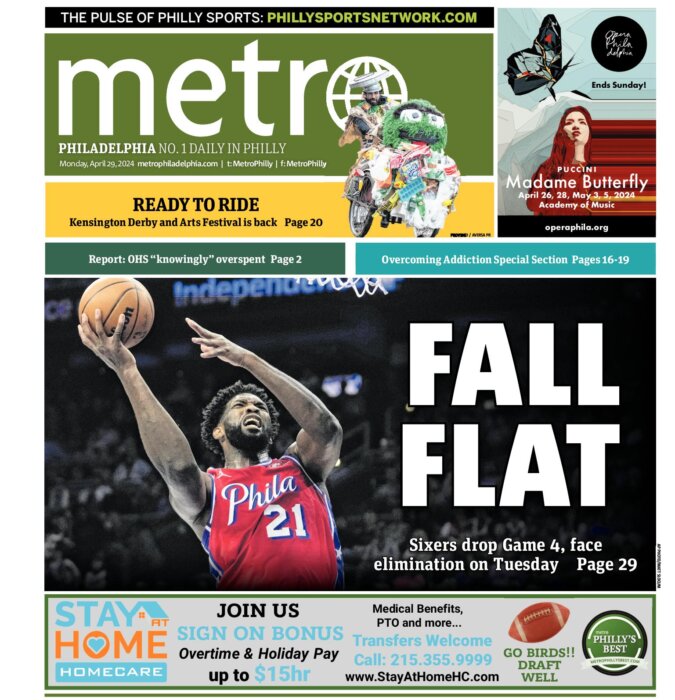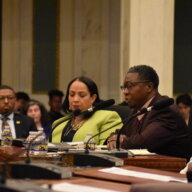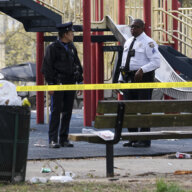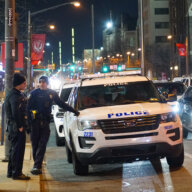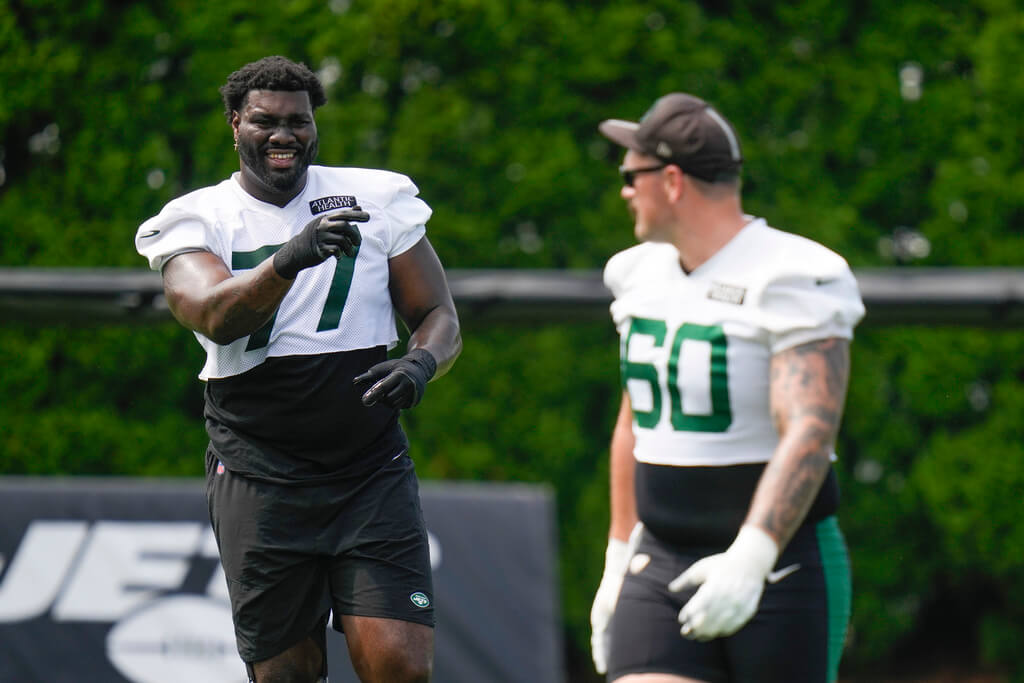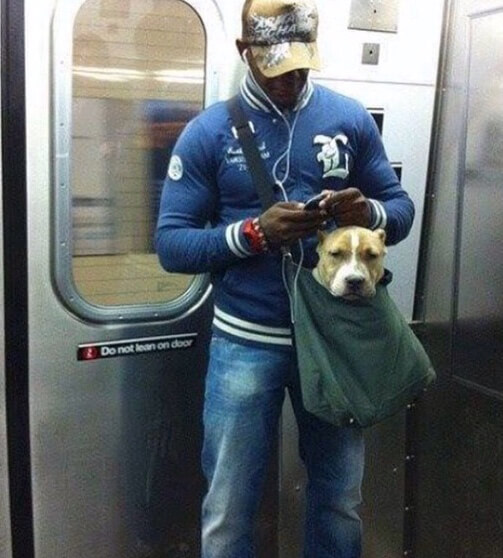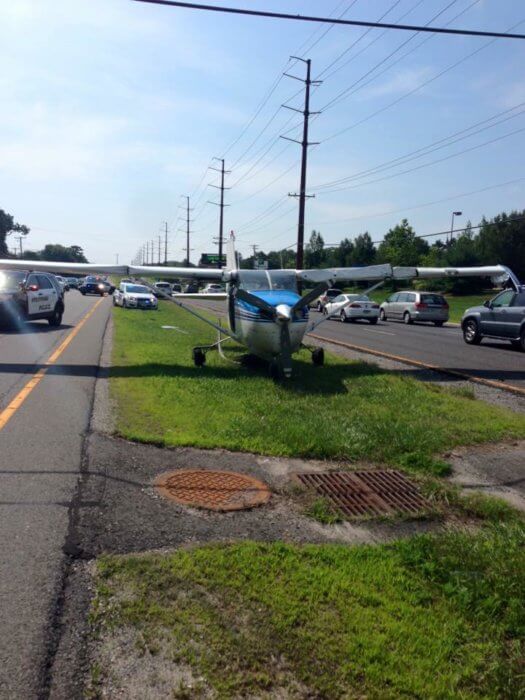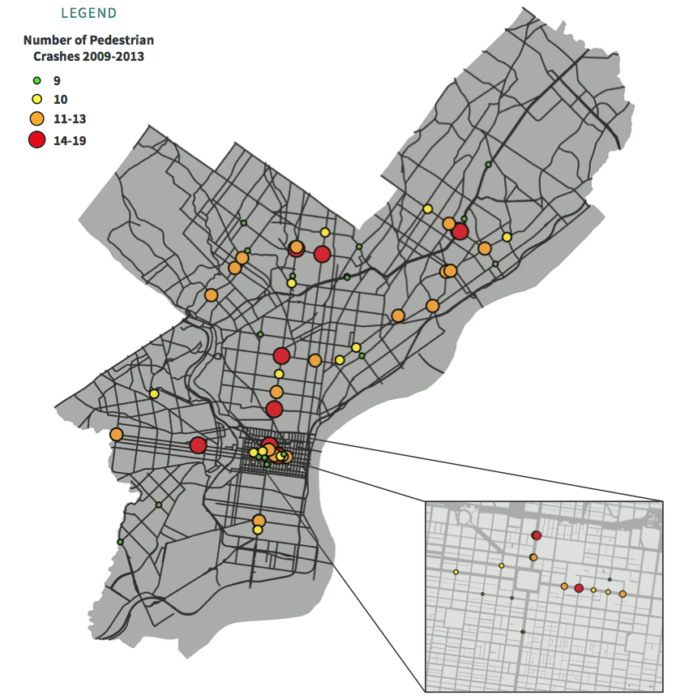Steve Hall’s normal reverse-commute to Plymouth Meeting includes a bus, a bike, and a train.
“I bring my Brompton folding bike on the bus to Chemical Road, then ride the last mile to my office,” says the Center City resident. “This is before the morning rush so traffic is minimal and the bus is prompt. At the end of the day I ride four miles to Conshohocken and bring my bike on the train.” But last week, that plan changed. SEPTA announced 120 Silverline V cars, powering our Regional Rail system, had to be removed due to defects found over the Independence Day holiday weekend. That meant one-third of the cars normally available would be offline, totaling 11,500 fewer seats. The slowdown is frustrating. It’s having a direct impact on the 253,000 people who commute into the city each day, and the 146,825 who commute out.
Which is why it’s time for Delaware Valley residents to take out their bikes. Not only is bicycling the easiest, most convenient, and fastest way to get around the city; but in recent years, governments, leaders, advocates, nonprofit organizations and foundations throughout the Greater Philadelphia Region have made it really simple to commute by bike whether you’re in the city or outside it. There are now hundreds of miles of bike lanes and trails throughout the region, making it possible to ride directly to Center City, Philadelphia, from the suburbs, or to a transit stop to make the so-called #SEPTApocalypse less stressful. The Greater Philadelphia Region has one of the best trail networks in the country. More than 350 miles of off-street multi-use trails (dubbed The Circuit) have been built throughout the nine-county region, and another 400 are planned for the future. Chances are, if you live in the area, you don’t live too far from a trail – and if you’re not sure, it’s easy to find out using CircuitTrails.org. Much of Montgomery County has access to the Schuylkill River Trail, which is a great scenic trail that can be, and is, used for commuting to and from Philadelphia.
For Hall, the regular commuting plan was immediately altered after SEPTA found the structural defects, but he’s made it work. His biggest change: More biking, and a change of clothes.
What else we have going for ourselves: The region’s transit system is enormously diverse – and bicycle-friendly. Which means if you don’t feel like making the 18-mile daily commute – totally understandable, by the way – SEPTA has prepared over the years for Philadelphia’s growing cyclist community. Most SEPTA stations have bike racks for easy storage of your bicycle. You’re allowed to bring your bike on Regional Rail and subways during off-peak hours. And, every SEPTA bus has a built-in bike rack on the front—the use of which isn’t nearly as scary as it looks. If you plan on using a bus instead of Regional Rail to get in or out of Center City, you should know that there are 1,000 bus stops located within a quarter mile of the region’s Circuit Trails—an easy alternative to the Regional Rail system. There’s a great “Trails and Transit Map” depicting all bus stops along Circuit Trails over on the Bicycle Coalition of Greater Philadelphia’s website.
Over the long haul, getting more people on bicycles is good for regions like ours. It clears up road congestion, is good for the environment, is healthy, and fun. Biking rose in Philadelphia in 2009 during the SEPTA transit strike when people were forced to trade in their Regional Rail pass for their bikes, and now Philadelphia is the most-biked big city in the United States. This situation is different — bikes may not be a necessity; you can always wait for the next train and be late to work. But as tens of thousands in the region have already figured out, they’re a convenience that can’t be matched. Randy LoBasso is the communications manager at the Bicycle Coalition of Greater Philadelphia.
Commuting by bike can ease the pain of SEPTApocalypse
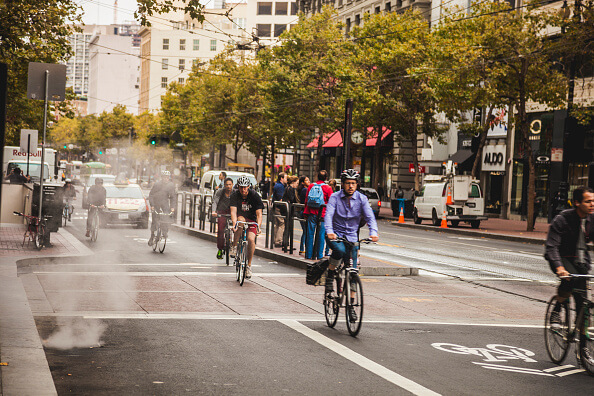
Getty Images
